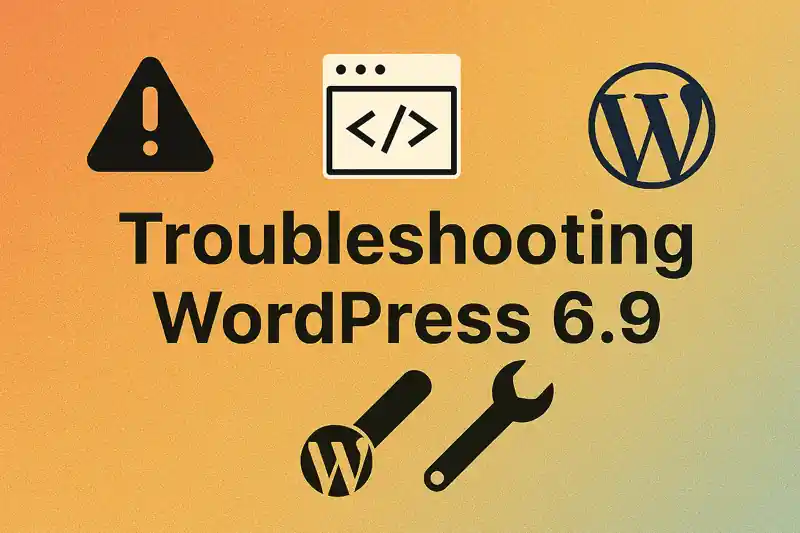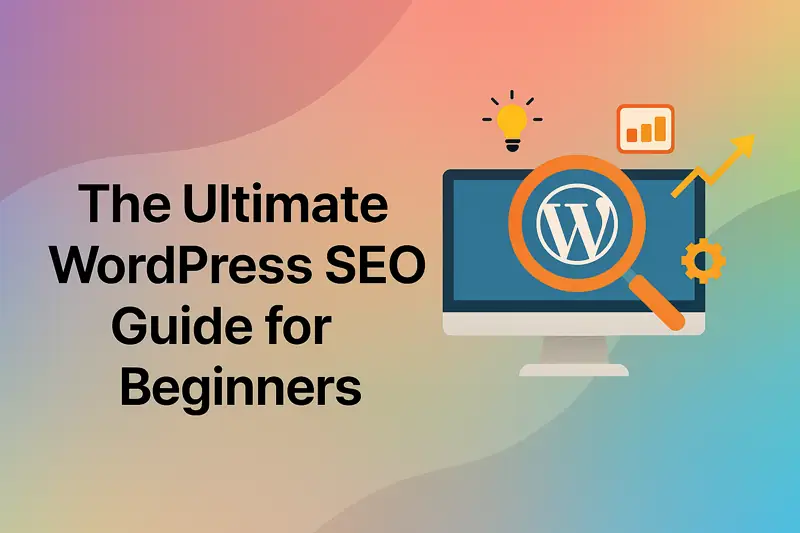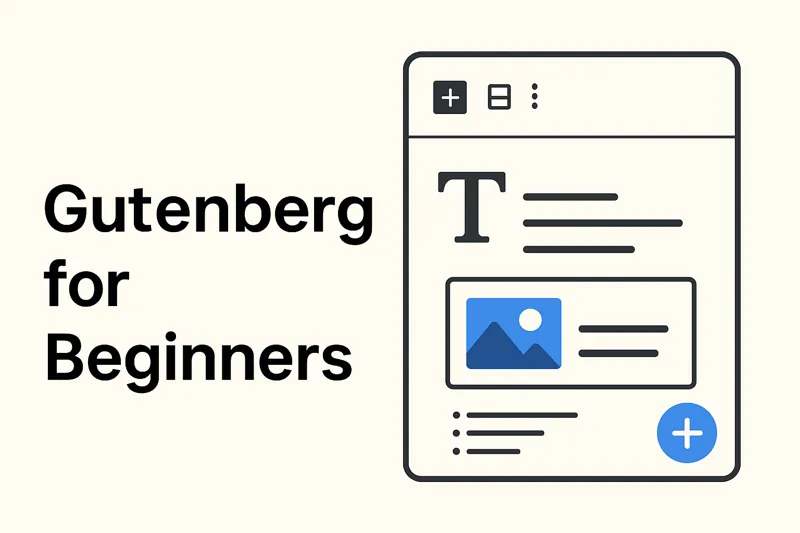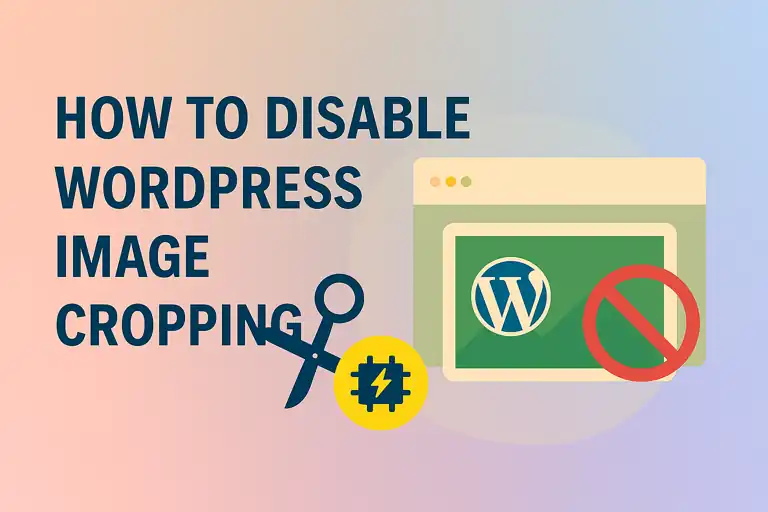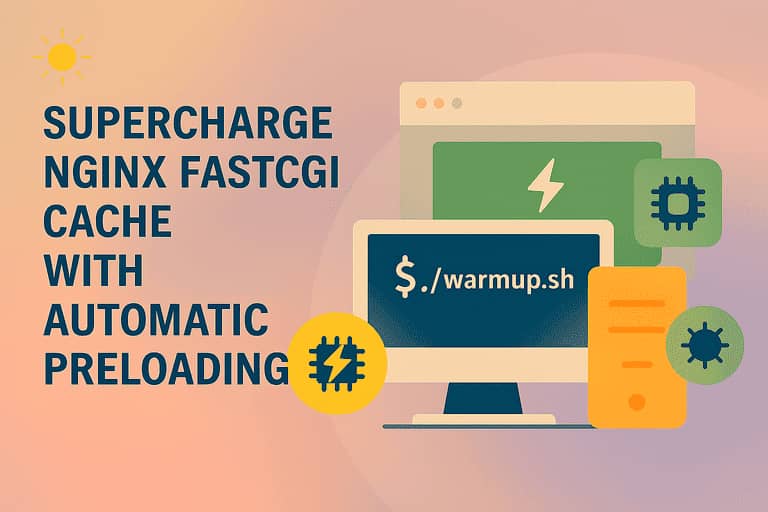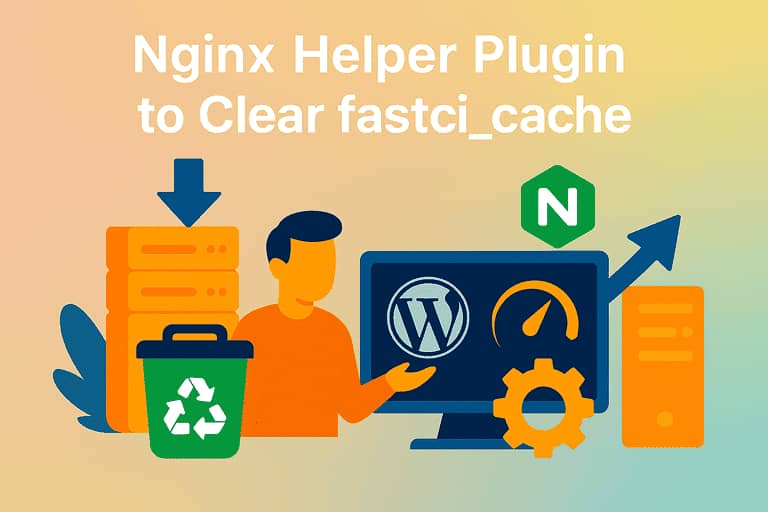For many people without any coding background, website development often feels out of reach. Elementor has completely changed this reality by making it possible for anyone to design stunning WordPress websites with simple drag-and-drop actions. In this guide, you’ll discover what Elementor is, its evolution, key achievements, and how to use it effectively. We’ll also compare the free version with Elementor Pro, break down its pricing, and help you fully understand how to get the most out of this powerful WordPress page builder.
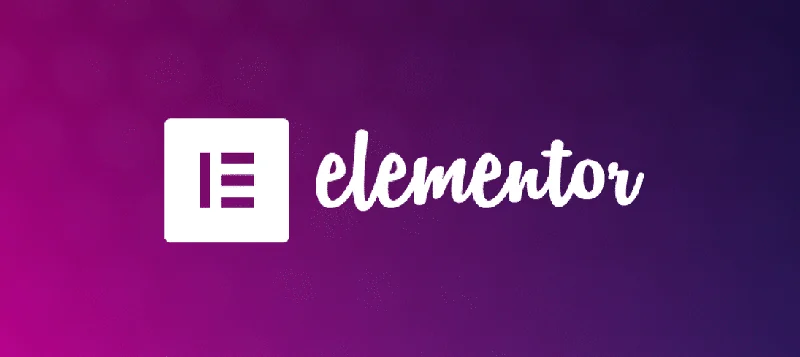
What Is Elementor? A Game-Changer in Website Building
Elementor is a visual page builder plugin designed specifically for WordPress. It transforms the complex process of website development into an intuitive drag-and-drop experience, often referred to by professionals as the “PowerPoint editor” of web design. Unlike traditional code-based development or complicated theme configurations, Elementor offers real-time editing and preview capabilities, where every change made in the editor is instantly reflected on the live page—delivering a true “what you see is what you get” experience.
The core value of this tool lies in democratizing technology—breaking the monopoly of coding knowledge in professional web design. Designers, marketers, entrepreneurs, and even complete beginners can independently create high-quality websites. Whether it’s a simple blog page, a polished product showcase, or a fully functional e-commerce platform, Elementor makes it easy with its modular design system.
Built on modern front-end technologies such as Flexbox and CSS Grid, Elementor ensures that the websites it creates are not only visually stunning but also highly performant and fully responsive. Its editing interface follows a dual-column layout: the left side houses the element library and settings panel, while the right side provides a live preview area. This design maintains intuitive usability while offering fine-grained control over every aspect of the site.
Development Journey: From Startup Vision to Industry Benchmark
The story of Elementor began in 2016, when it was founded by Israeli entrepreneurs Yoni Luksenberg and Ariel Klikstein. Yoni, who grew up influenced by his designer mother, developed a passion for web aesthetics and efficiency early on and eventually took on the role of CEO. Ariel, serving as CTO, is a self-taught technologist known for building cutting-edge solutions and contributing actively to the WordPress open-source community—his WordPress.org profile highlights multiple plugin development projects.
The founders recognized a major pain point in the website-building industry: the huge gap between professional design and technical execution. Designers often saw their creativity limited by development constraints, while the development process itself was slow and costly.
Driven by the vision of “making website creation simple yet powerful,” they released the first version of Elementor, a visual builder designed to bridge the gap between design and development. Launched in 2016, it quickly gained traction thanks to its innovative editing experience and robust functionality.
In 2020, Elementor secured a $15 million Series A investment led by Lightspeed Venture Partners—a milestone that validated its business model and fueled further growth in product development and ecosystem expansion. From that point, Elementor entered a period of rapid scaling, constantly refining its features and expanding its use cases.
Nearly a decade later, Elementor has evolved from a simple page editor into a complete website-building platform. As of 2025, it powers more than 18 million active websites worldwide, making it the most widely used WordPress page builder and a transformative force in shaping the WordPress ecosystem.
Remarkable Achievements: A Benchmark in Visual Website Building
Elementor’s success is not only reflected in its massive user base but also in the profound impact it has had on the entire website-building industry. As a flagship product in the no-code movement, Elementor has redefined both the standards and efficiency of website creation.
On the technical side, Elementor pioneered several groundbreaking features, such as real-time responsive editing, a built-in template library, and advanced theme-building tools—many of which later became industry-wide standards. Its Theme Builder in particular revolutionized the way WordPress themes are used, allowing users to fully customize every part of their site without being restricted by prebuilt themes.
In terms of market share, Elementor led the WordPress page builder market in 2025 with over 40% adoption, far surpassing competitors like Beaver Builder and Divi. This dominant position comes not only from its technical strength but also from its continuous innovation and quick response to user needs.
The Elementor ecosystem is equally impressive. With a vast collection of third-party template libraries, plugin add-ons, and a thriving professional developer community, Elementor has built a flourishing ecosystem. Many WordPress theme developers now optimize specifically for Elementor, and numerous digital marketing tools integrate seamlessly with it—further expanding its use cases.
From a user perspective, Elementor enjoys widespread praise across industries. Whether it’s personal bloggers, professional agencies, small businesses, or large e-commerce platforms, users of all types find Elementor to be a flexible and powerful solution. This broad appeal has earned it multiple industry awards, including being recognized as the “Best WordPress Plugin” for several consecutive years.
Getting Started Guide: A Step-by-Step Elementor Beginner’s Workflow
Building a website with Elementor is both intuitive and efficient—even complete beginners without a technical background can quickly get the hang of it. Here’s a step-by-step overview of the basic workflow for creating a website with Elementor:
Installation & Activation
Start by going to the Plugins menu in your WordPress dashboard and searching for “Elementor.” Once you find the official plugin, click Install, then Activate. After activation, the setup wizard will guide you through initial configurations, such as enabling Elementor’s default template library and adjusting basic settings. For users who need advanced features, you can purchase an Elementor Pro license from the official website and activate it by entering the license key in the plugin settings.
Basic Interface Overview
Open any page in edit mode and click Edit with Elementor to launch the editor. The interface is divided into three main sections: the left panel (containing widgets and settings), the center area (the live preview workspace), and the top toolbar (with functional menus). When you hover over any element, editing options will appear—simply click to make changes.

Create Your First Page
1、Choose a Starting Point: When creating a new page, you can start from a blank template or select a pre-designed template from Elementor’s template library. The library offers hundreds of professionally designed templates, covering a wide range of industries and use cases.
2、Add Elements: Select the elements (widgets) you need—such as text, images, buttons—from the left-hand panel and drag them into the main editing area. Elementor’s widgets are categorized into Basic Elements, Pro Elements (available with Elementor Pro), and Third-Party Elements.
3、Customize Styles: Clicking any element opens its settings panel on the left, where you can adjust content, style, and advanced options. Style settings include fonts, colors, spacing, borders, and more, all with real-time previews to ensure a true “what you see is what you get” experience.
4、Responsive Design: Click the responsive icons at the bottom of the editor (desktop, tablet, mobile) to adjust layouts for different screen sizes. This ensures your website looks perfect on any device.
5、Save & Publish: Elementor automatically saves your changes as you work. When you’re ready, click the Publish button in the top-right corner to make your page live. You can also use the Preview feature to see the final result before publishing.
Advanced Applications
For Elementor Pro users, the Theme Builder feature allows you to customize global site elements such as headers, footers, and post templates. By creating the corresponding templates through the Templates menu and setting display conditions, you can achieve a consistent design across the entire site. WooCommerce users can also leverage dedicated e-commerce widgets to build product pages, shopping carts, checkout flows, and other online store functionalities.
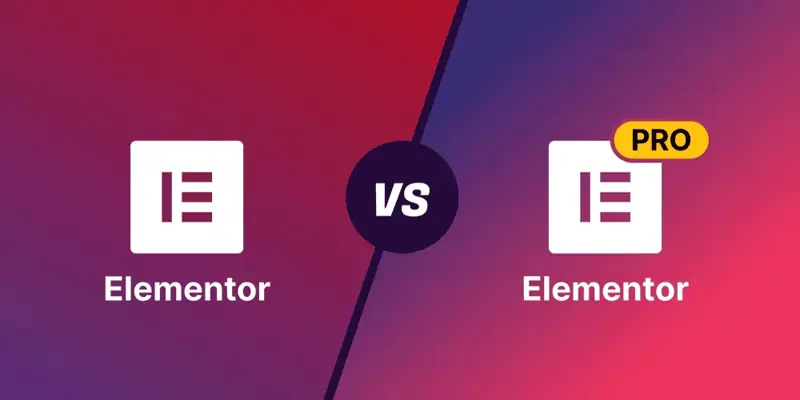
Elementor offers two main versions: Free and Pro. The Free version already includes enough features to build a basic website, while the Pro version unlocks advanced functionalities and greater possibilities.
| Core Features of the Free Version | Key Highlights of the Pro Version Upgrade |
| Intuitive drag-and-drop editor with full WYSIWYG experience | Extended Widget Library: Over 90 professional widgets, including forms, sliders, navigation menus, data tables, and more |
| Around 30 basic widgets, including text, images, buttons, lists, and more | Theme Builder: Fully customize global site elements such as headers, footers, post templates, archive pages, and 404 pages |
| Basic responsive design controls with device previews | WooCommerce Integration: E-commerce-specific widgets and templates, including product displays, shopping carts, and checkout page designs |
| Access to the basic template library | Dynamic Content: Display dynamic content from custom fields, post data, and more, ideal for complex content management |
| Basic typography and spacing controls | Popup Builder: Create high-converting popups with advanced triggers and animation effects |
| Undo/redo and revision history features | Global Styles: Set site-wide color schemes, fonts, and styles to ensure brand consistency |
| Custom CSS support (basic level) | Advanced Template Library: Access thousands of professionally designed Pro templates, including complete website kits |
| Marketing Tool Integration: Seamlessly integrate with major marketing platforms like Mailchimp, ConvertKit, and HubSpot | |
| Custom Code: Enhanced support for custom CSS and JavaScript to meet advanced customization needs |
- The Free version is sufficient for building simple websites, allowing users to experience Elementor’s core editing features. It’s ideal for those with a limited budget or basic requirements.
- The Pro version is especially suited for business websites, e-commerce platforms, professional agencies, and users with advanced design needs, significantly enhancing website quality and development efficiency.
Pricing: Flexible Plans to Choose From
Elementor uses a subscription-based pricing model and offers multiple plans to meet different user needs. As of 2025, the latest Elementor Pro pricing plans are as follows:
| Essential | Advanced | Expert | Agency | |
| Price | $59/year | $99/year | $199/year | $399/year |
| Sites Supported | 1 | 3 | 25 | 1,000 |
| Features | All Pro features | All Pro features + Priority support | All Pro features + Priority support + Advanced training resources | All Pro features + Dedicated account manager + Advanced API access |
| Best For | Personal websites, blogs, small business sites | Individuals or small agencies managing multiple sites | Professional designers, medium-sized agencies | Large agencies, web development companies, hosting providers |
Special Plans & Discounts
Elementor also offers special discounts for educational institutions and non-profit organizations, with eligible groups receiving up to 50% off. Additionally, Elementor frequently runs limited-time promotions during major holidays, offering discounts of 30%–40%, so it’s recommended to check the official website for the latest deals.
For users seeking a more comprehensive solution, Elementor provides bundled hosting plans. The Elementor Hosting packages combine high-performance hosting with Elementor Pro features, delivering an optimized out-of-the-box experience, starting at $4.99 per month.
It’s important to note that Elementor operates on an annual subscription model, which includes free updates and technical support during the subscription period. If the subscription is not renewed, existing content will remain visible, but Pro features can no longer be used for editing. Elementor also offers a 30-day money-back guarantee, allowing users to request a full refund within 30 days of purchase if they are not satisfied.
Competitive Landscape: Elementor’s Position in the Market
In the highly competitive WordPress page builder market, Elementor holds a leading position thanks to its comprehensive features and user-friendly interface. Understanding how it compares to competitors can help users choose the solution that best fits their needs.
Compared to Beaver Builder, Elementor offers a more intuitive editing experience and a wider range of design options, particularly excelling in animations and visual design. Beaver Builder, on the other hand, is known for its lightweight code and excellent performance, making it ideal for users with very high speed requirements.
Divi Builder is another strong competitor, featuring a similar drag-and-drop interface but offering a lifetime license option, in contrast to Elementor’s annual subscription model. Divi has advantages in split testing and global style management, whereas Elementor stands out for its rich template ecosystem and extensive third-party integrations.
For professional users focused on development efficiency, Elementor’s developer-friendly documentation and API make custom extensions and integrations easier. Its Cloud Templates feature allows templates to be shared and managed across multiple websites, which is particularly useful for agencies managing multiple client sites.
Performance was once a common criticism of Elementor, but the 2025 version has significantly improved loading speed through features like Optimized Markup. Compared to some competitors, Elementor maintains a strong balance between rich functionality and code efficiency, delivering both robust features and optimized performance.
Future Outlook: The Evolution Path of Elementor
Elementor’s roadmap indicates that it is evolving from a simple page builder into a comprehensive website-building platform. The 2025 introduction of Cloud Templates and Full Website Templates marks a significant step toward cloud-based collaboration and template management, enabling users to seamlessly migrate and manage design assets across multiple websites.
On the performance side, the Elementor team continues to invest in optimizing code structure, resource loading, and new rendering technologies to improve site speed. As Core Web Vitals become increasingly important for search engine rankings, these performance enhancements will help users achieve better SEO results.
The integration of artificial intelligence is likely to be a key focus for Elementor in the future. While major AI features have not yet been released, industry trends suggest that AI-assisted design, smart content recommendations, and automated layout optimization could appear in future versions, further lowering the technical barrier for website creation.
Elementor’s support for emerging web standards is also promising. The latest versions already utilize modern CSS features like CSS logical properties, and future updates may incorporate additional cutting-edge technologies, ensuring that websites built with Elementor meet current requirements while remaining adaptable to future technological developments.
Why Choose Elementor
Elementor’s success is no coincidence. With its intuitive interface, powerful feature set, and continuous product innovation, it has redefined what’s possible for anyone looking to build professional websites. Whether you’re a beginner creating a personal blog or a professional developer building complex sites for clients, Elementor offers solutions tailored to your needs.
The Free version allows users to experience the convenience of visual website building at no cost, while the Pro version provides comprehensive functionality for professional requirements. Its flexible pricing plans and rich ecosystem make Elementor suitable for a wide range of users—from individual projects to enterprise-level applications.
As web technologies evolve and user needs continue to grow, Elementor keeps advancing, maintaining its position at the forefront of website-building tools. Choosing Elementor is not just selecting a powerful tool today—it’s investing in a partner that can grow with you and adapt to future developments.
For individuals and businesses aiming to establish a strong online presence in the digital era, Elementor is undoubtedly a worthwhile investment. It helps you create visually impressive websites while significantly improving efficiency in building and maintaining them, allowing you to focus more on content creation and business growth rather than technical implementation.
